#Nihongo
Text
How To Read and Understand Japanese Sentences.
As you know, Japanese language is a SOV (Subject-Object-Verb) pattern while English is SVO pattern.
Some learners may know a good amount of vocabulary words but they still cannot understand the meaning of a sentence even if they know how to read every single word in that sentence. Why is that so?
This may be due to learners reading the wrong way. In order to understand Japanese sentences, follow the following steps:
1. Identify the subject with the noun followed by either a は or が. (Usually in the beginning of a sentence but there are some writers who purposely put the subject in the middle.)
2. Read the end of the sentence to locate the verb. Yes, you read this right. Just go straight to the end of the sentence to identify the verb.
Example:
私はその人を常に先生と呼んでいた。
In this sentence, the subject is 「私は」。Next, go straight to the end and identify the verb
Here, the verb is 「呼んでいた」 which means "called".
So now, you know what the subject is doing with 私は and 呼んでいた which means "I called."
Next, read the rest of the middle part 「その人を常に先生と…」 meaning "that person always teacher"
The whole sentence means "I always called that person as teacher."
Note: This sentence is the first opening line from the Japanese classic literature novel 「こころ」 by 夏目漱石。
#japanese#japanese grammar#jlpt#jlpt n1#jlpt n2#jlpt n3#jlpt n4#jlpt n5#language#learn japanese#nihongo
30 notes
·
View notes
Text
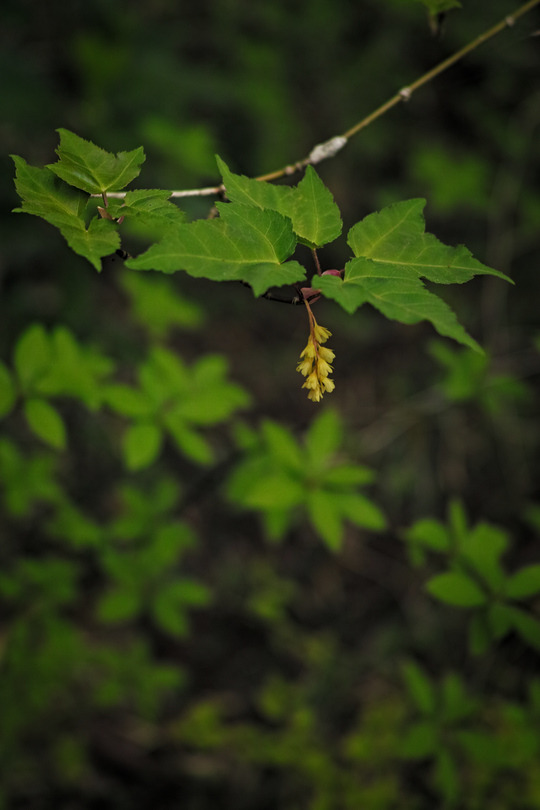
瓜楓[Urikaede]
Acer crataegifolium
It is so named because its bark is green and looks like the skin of a gourd. There is also a species named 瓜膚楓[Urihadakaede](Acer rufinerve; 膚 means skin,) which is confusingly named for the same reason, and both are endemic to Japan. But their leaves are different in shape, and in autumn, the leaves of Urikaede turn yellow and those of Urihadakaede turn red.
Another name is 白箸木[Shirahashinoki], which means the wood as material for 白箸(White chopsticks.) It is also confusing because wooden chopsticks left in their original state are also called by the same name. 木[Ki] means wood or tree.
By the way, entremets in Japanese cuisine are called 箸休め[Hashiyasume](lit. what to rest the chopsticks.)
https://www3.nhk.or.jp/nhkworld/en/shows/2019362/
19 notes
·
View notes
Text
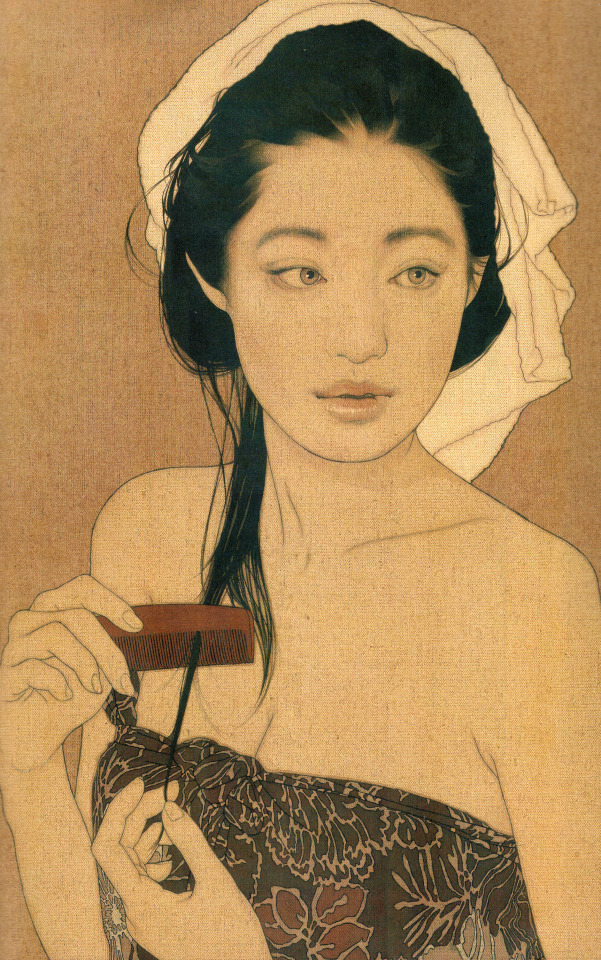
Yasunari Ikenaga: '朱い櫛 樹子' red comb and jiko (2013)
#yasunari ikenaga#朱い櫛 樹子#red comb and jiko#2013#yasunari ikenaga archive#linen#cloth#textile#nihongo#mucha#klimt#illustrations#paintings#japan#my scan
6K notes
·
View notes
Text




Hihi! I took a break from properly posting but I’m back to announce that my language learning has never been more consistent !!! I’ve been relearning Deutsch and 日本語 using textbooks en Français- which helps me to learn all 3 languages at once :’)
#pictured a lil trip to a Japanese bookshop + some jap exercises + a tasty breakfast my bf & I had! 🍊☕️🥞#studyblr#light academia#cottagecore#studyspo#langblr#bookblr#romantic academia#Paris#fairycore#Japanese#nihongo
3K notes
·
View notes
Text

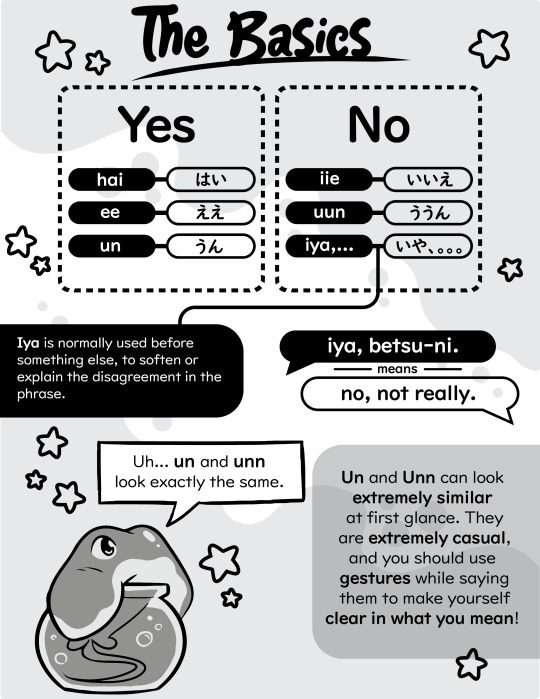
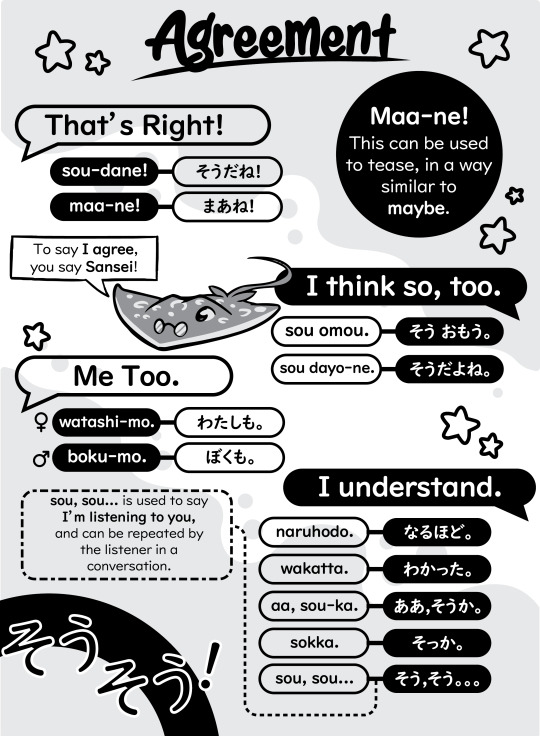


2K notes
·
View notes
Text
いろどり · irodori - Japanese for life in Japan
(。•̀ᴗ-)✧ resources

IRODORI is a useful website made by The Japan Foundation. It is a series of 3 textbooks, with audios and materials completely free, focusing on developing skills useful for life in Japan.
Whether you are planning to come to Japan in the future and want to learn what you should be able to do before you arrive, or whether you are already living in Japan and wish to check your Japanese ability and increase the number of things you can do, we sincerely hope that this textbook will help you achieve your goals. - "what is irodori" website page.
The textbooks are super organized, divided in: starter (A1), elementary 1 and elementary 2. Finishing elementary 2 means having an A2 level [At A2 level, you can hold short, basic everyday conversations on familiar topics.]
I recommend styling your learning method with the goal you have in mind. You can understand more about it reading the post I made.
Hope it was helpful! Let me know and let's share resources~
またね~@inkichan
꒰ა ˚₊ ✧・┈・╴﹕꒰ ᐢ。- ༝ -。ᐢ ꒱﹕╴・┈・𐑺 ‧₊˚໒꒱
#japanese#nihongo#studyblr#japanese langblr#langblog#japanese studyblr#日本語#resources#japanese resources#free resources#japanese free resources#textbook#free#free textbooks#pdf#japanese pdf#learn japanese#learning japanese
567 notes
·
View notes
Text
An aquarium toilet in Akashi, Hyōgo. Japan
Follow us for more contents ValiantJapanese
826 notes
·
View notes
Text
改まった形|Polite Forms
In formal settings like in a business meeting or at a public gathering some words are switched with politer forms. You often hear them when somebody is giving a speech, holding a presentation or on TV. But they appear in written form as well, especially in business context. Basically, everywhere where keigo is used, it is also expected to apply politer forms.

#文法#敬語#japanese langblr#langblr#studyblr#study movitation#learning japanese#japanese vocabulary#japan#japanese#study blog#study notes#language blog#keigo#japanese studyblr#japanese grammar#japanese language#日本語#日本語の勉強#nihongo
154 notes
·
View notes
Text
Kenny Omega Speaks Japanese Fluently and Shocks The Audience
#Kenny Omega#New Japan Pro Wrestling#AEW#All Elite Wrestling#NJPW#AEW Dynamite#Korakuen#Nihongo#AEW Rampage#New Japan#AEW Collision#Japan
193 notes
·
View notes
Text
Credit to @japanese_with_josh
I found this really helpful to hear a real life situation- not just from a textbook!
#japanese#language learning#studyblr#日本語#japan#langblr#japanese grammar#study japanese#nihongo#study#learn japanese#langblog#study kanji#travel#jlptn5#kanji#languages#language study#study abroad
666 notes
·
View notes
Text
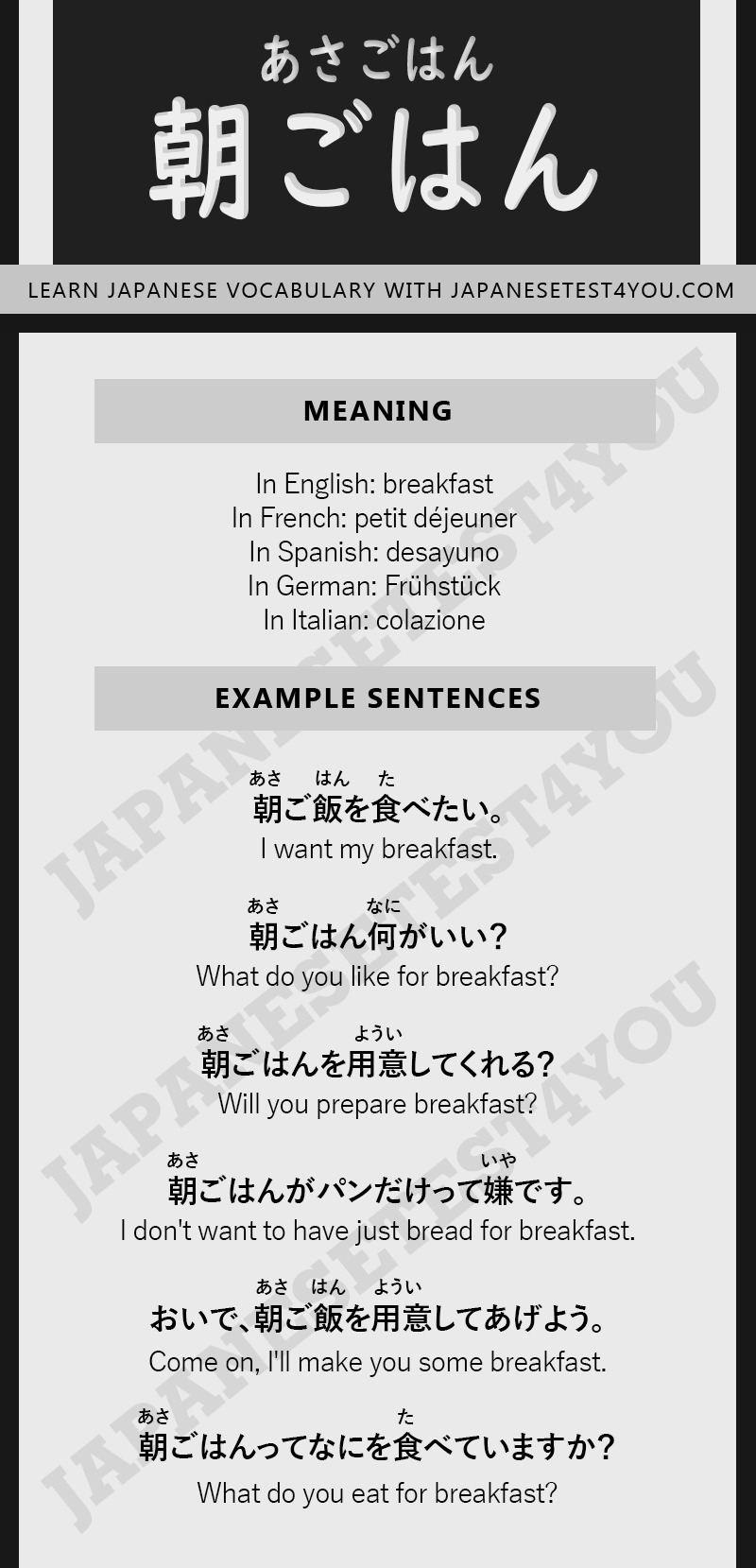
Batch download Japanese vocabulary infographics
#japanese#nihongo#japan#learn japanese#languages#jlpt#jlpt n5#japanese vocabulary#japanese langblr#japanese language#learning japanese
75 notes
·
View notes
Text
The Difference Between に and へ
Most of the beginner textbooks will teach learners that に is used for destination and へ is used for direction but there are some explanation that are missing and that is what confusing to many learners.
• 公園に行きます。
• 公園へ行きます。
Both sentences are correct. Both means "I'm going to the park".
But... there is a slight nuance difference. When you use に, you put the destination (which is the park) as the main thing you want the listener to know that the place you want to go is the park. The final destination you will arrive at is the park.
On the other hand, if you use へ, you want the listener to feel that you are making a move, you are making a journey, a process, an effort to go to the park. In other words, へ somehow emphasize on your journey to a place.
Let's say you're flying from UK all the way to Australia, that will take at least 20-22 hours by flight. The journey is extremely long and you want the listener to feel that, so you could say by using the particle へ: 私はオーストラリアへ行きます。
Now, the following part is what most teachers or textbooks didn't tell you. A study shows that more and more Japanese people are using に, and へ has gone out of fashion. According to the survey, one of the reasons may be due to globalization and how easily people are connected around the world through the Internet that people don't feel the journey or the distance is long. Therefore, they don't see the need to use へ anymore.
WARNING!!!
There is a grammar point that you MUST use へ instead of に。The pattern is:
へ + の + Noun
Examples:
• 先生へのプレゼント。Gift for teacher.
• 帰宅への道。The way home.
Another situation which needs to use へ is when the news anchor announces this:
台風が北へ向かっています。
The typhoon is heading north.
If you use に and say 台風が北に向かっています, it means you are very sure that the typhoon will land in the north. No one can predict 100% where it will stop or land so it is incorrect to use に in this sentence.
---------------------------------------------------
Vocabulary used in this lesson:
公園 (こうえん) park, playground
プレゼント present, gift
帰宅 (きたく) home
道 (みち) way
台風 (たいふう) typhoon
北 (きた) north
#study japanese#japanese#jlpt#jlpt n1#jlpt n2#jlpt n3#jlpt n4#jlpt n5#language#learn japanese#nihongo#grammar
84 notes
·
View notes
Text

蔓日日草[Tsurunichinichisō]
Vinca major
蔓[Tsuru] : Vine, creeping plant
日日[Nichinichi] : Day by day; every day; daily
草[Sō] : Grass, herb
When I was passing through a dreary village, many these vines were crawling out of the yard of a house that has been uninhabited for several years, and some of them were beginning to produce some flowers under the drizzle that had just started to fall. It is a naturalized plant native to Europe, not only the flowers but also the leaves are suitable for appreciation, but is highly fertile and will spread if left unchecked. When the weather warms up a little more, they will produce much more flowers in the place that no one will ever see.
Incidentally, 黒澤明[Kurosawa Akira]'s film Sanjuro(椿三十郎[Tsubaki Sanjūrō]) was based on the story 日日平安[Nichinichi heian](Everyday in peace) by 山本周五郎[Yamamoto Shūgorō]. This story has recently entered the public domain.
https://www.aozora.gr.jp/cards/001869/files/57728_75665.html (ja)
https://www.youtube.com/watch?v=Uq_rSsbhQnE
77 notes
·
View notes
Text

Yasunari Ikenaga: '血脈 樹子' bloodline tree child (2012)
#yasunari ikenaga#池永 康成#yasunari ikenaga archive#2012#linen#cloth#textile#nihongo#mucha#klimt#paintings#illustrations#japan#my scan
619 notes
·
View notes
Text

Worduction
#詩#現代詩#poem#poetry#visual poetry#文学#視覚詩#japanese#実験詩#concrete poetry#poésie visuelle#visual poem#vispo#nihongo#日本語#コンクリートポエトリー#コンクリートポエム#コンクリート・ポエトリー#コンクリート・ポエム#具体詩
106 notes
·
View notes
Text
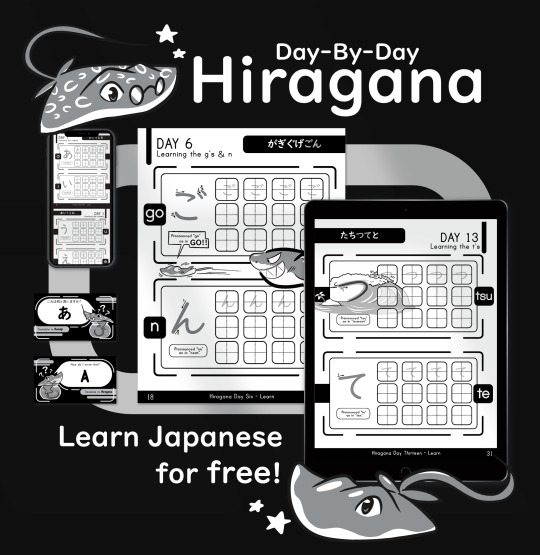
Download our free PDF now!
Day-By-Day Hiragana is made to teach you an important phonetic way of writing, so you can begin learning Japanese. You can also find out free games, flash cards, and handwriting guides to help you master the kana! Everything is 100% free, so download it now!
963 notes
·
View notes